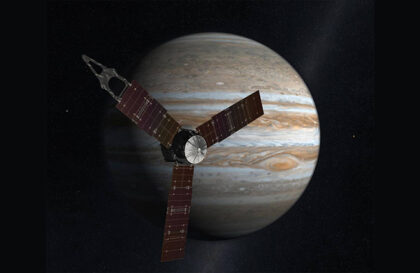The Apollo 12 mission landed south of the Copernicus crater in the Oceanus Procellarum mare basalt region. This choice of landing site was largely determined by the Apollo 11 location decision. There were strict criteria for choosing the Apollo 11 landing site, in which scientific aspects did not play a dominant role:
- The landing site had to be close to the lunar equator, not on the distant periphery of the lunar surface visible from Earth.
- It had to be relatively flat and have no major obstacles in the path along which the lunar module would land.
- Its suitability was confirmed by photographs obtained from the Lunar Orbiter probe.
- It was desirable to have an alternative location on the western lunar surface in case of mission delays and changes in solar illumination.
The Apollo 11 mission landed relatively close to its planned landing point, near the Surveyor probe that was the target. Just a few miles away.
However, Apollo 12 had to prove that a more precise landing could be achieved. In July 1969, despite objections from two landing site committees, Apollo program director Samuel Phillips nominated Surveyor Crater as the landing site.
Apollo 12 Commander Charles “Pete” Conrad Jr. didn’t disappoint. During the landing, he took control and aimed to land the lunar module next to Surveyor, in a place that was later called “Pete’s Landing.” This proved to be a more difficult task than expected, and he was forced to maneuver to land just 535 feet (163 meters) from Surveyor. The mission successfully achieved its goal. The crew of Apollo 12 proved that it is possible to land on the Moon at a precisely specified location.
The Copernicus crater itself was a potential landing site for the canceled Apollo 20 mission due to NASA funding cuts.
Banner image: The final Apollo mission to the moon in 1972. Photograph: NASA JSC ASU Andy Saunders
Image credit:
https://www.theguardian.com
https://www.planetary.org
https://www.nasa.gov






